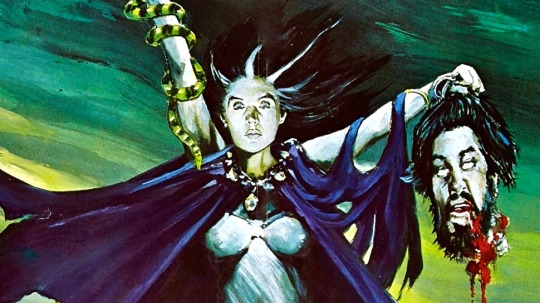All Seasons of the Witch: Magical Women in Post-Counterculture Cinemaby Alison Nastasi
By Yasmina Tawil

Wildcats shall meet hyenas, / Goat-demons shall greet each other; / There too the lilith shall repose / And find herself a resting place, reads Isaiah 34:14the only biblical passage that mentions Lilith, the first wife of Adam and historys first witch. The origins of Lilith are frequently conflated with a Mesopotamian demon named Lamashtu, as described in various ancient cuneiform texts. In these stories, Lilith takes the form of seven witches bearing seven names. These archetypal stories about women have firmly established an association of the feminine with monstrosity since the cradle of civilization.
While other creatures, particularly vampires, are often strong, gender-neutral cultural signifiers in fiction, the witch remains a gendered monster that male authors use to exploit the feminine identity and image. Only in recent decades has the trope of the witch been turned on its head and used to examine the implications of its dubious cultural reputation as it relates to the lived experiences of women. In the context of cinema, the classical Hollywood portrayal of witches is largely tied to romantic (or male) fantasies and stories about social assimilation, evidenced in films such as in I Married a Witch and Bell Book and Candle. The former movie follows a reincarnated sorceress who falls in love with the ancestor of her executioner, while the latter film finds a modern-day witch sacrificing her magical powers for love. After the rise of the 1960s counterculture, filmmakers became less interested in portraying the mere otherness of witches and more concerned with imbuing an indelible humanity on these characters, creating complex women who have the potential to be sources of darkness and light.




